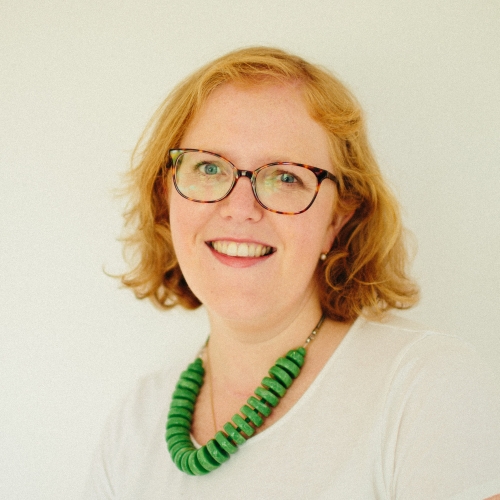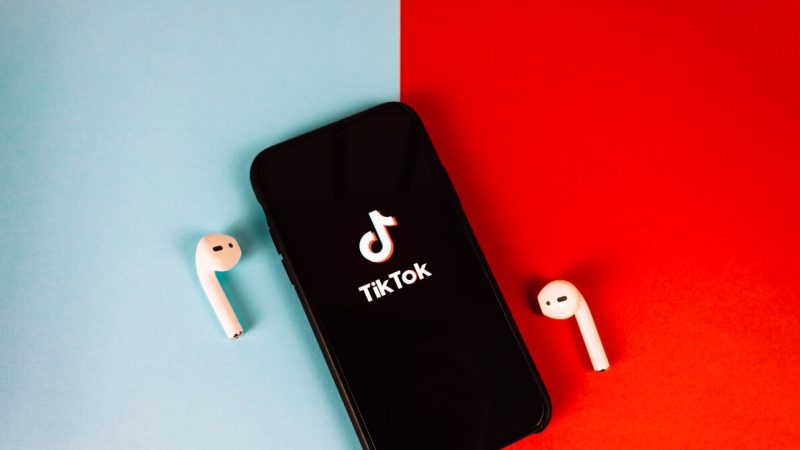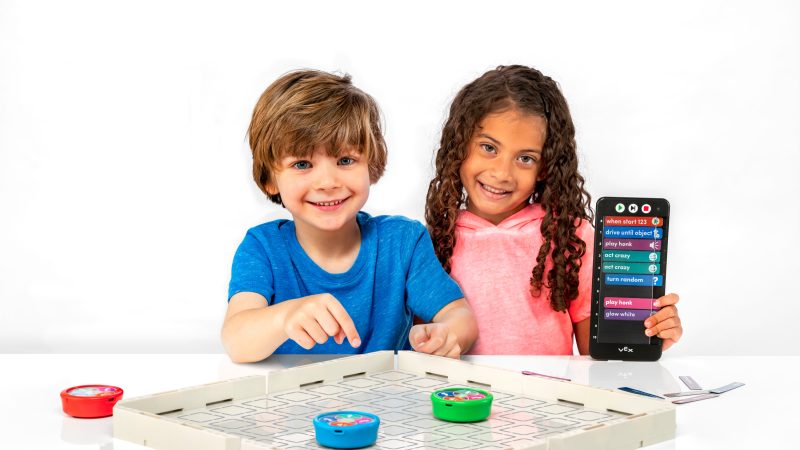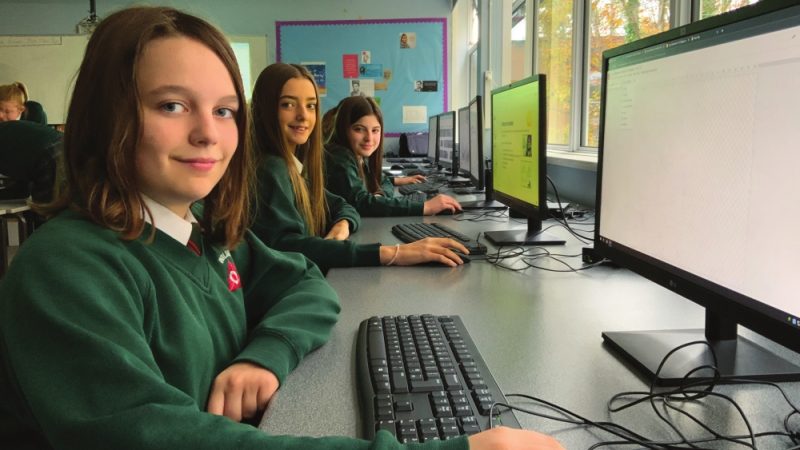This time, it’s personal – Why the age of personalised learning has truly arrived
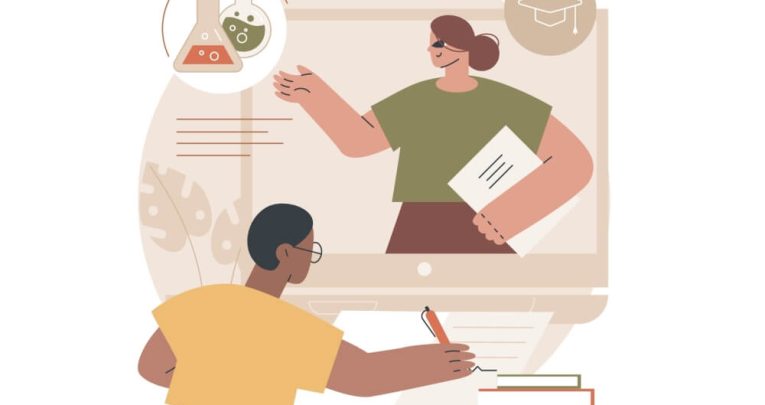
Héloïse Ardley considers the extent to which students’ needs are increasingly best met by personalised learning

The way we learn is changing. Whilst there are still inequalities in relation to access, technology is otherwise steadily paving the way for a far more democratised education system, in which students from different backgrounds can make use of educational content in new, ever more creative ways.
For all the many challenges presented by COVID-19, the pandemic has helped kickstart a movement away from traditional education systems and opened up opportunities for some much-needed change. The question the education sector is therefore grappling with is, post-pandemic, should we try to resume ‘business as usual’ or seize the chance to introduce a more personalised approach to meeting modern learners’ requirements?
Why, when and how
For many of today’s students, a standardised model of teaching seems no longer fit for purpose. Young people are increasingly redefining why, when and how they want to learn. At the same time, schools now have the ability to teach students remotely, without requiring them to be sat at a classroom desk.
TikTok may have recently generated some negative headlines where school staff are concerned, but it remains a great global platform for people seeking out so-called ‘microlearning’ content. During the pandemic, TikTok launched a $50 million ‘Creative Learning Fund,’ which offered grants to ‘educators, professional experts, and non-profits who have the power to offer us creative learning.’
Personalised learning involves giving students what they need, in a style that can deliver the outcomes they want. In the years to come, this may entail moving away from mandated curriculums and standardised measurements towards a much more student-focused approach.
Under this scenario, we may one day see a computer programme delivering a customised learning experience that’s precisely tailored to an individual student’s strengths, needs, skills and interests.
A careful blend
The experience of lockdown paved the way for such disruption, but there are steps to overcome first. Schools were given considerable impetus to overhaul their approach to learning technology in the wake of COVID, but were also left having to resolve a number of challenges.
Personalised learning is predicated on prioritising individuals, taking into account the attitudes, habits, abilities and overall aims of specific students. After almost two years marked by regular disruptions and on-again, off-again physical classes, are students actually able to confidently articulate their own learning preferences and desires?
It’s important to remember, too, that a personalised learning model entails a carefully crafted blend of digital and teacher-led education. The digital-only lessons we saw during the pandemic are far from the end goal, and have proved challenging for students’ mental wellbeing, amid frequent reports of loneliness and a lack of inspiration. Personalised learning isn’t synonymous with learning alone.
Systems thinking
For those colleges and ready to take their first steps towards personalisation, the starting point must be to look at systems thinking and systemic design. Just as every student is different, so too is every school.
What models are already in place at a given school, and to what extent do these need to evolve? What pre-existing contexts and constraints have to be accommodated?
Finally, we need to account for measurement. Are your students being equipped with problem solving skills and the ability to adapt to change? These are vital qualities, but difficult to quantify via technological means.
At LovedBy, we can facilitate transitioning to a personalised learning model within your school or organisation. We look to introduce an external perspective, helping educators design and introduce personalised models that are feasible, sustainable and which deliver genuine benefit.
We want to support the implementation of technology in a meaningful way that ultimately augments the student experience for the better.
Héloïse Ardley is change strategy lead at LovedBy Design; for more information, visit lovedby.com or follow @LovedBy_Design





